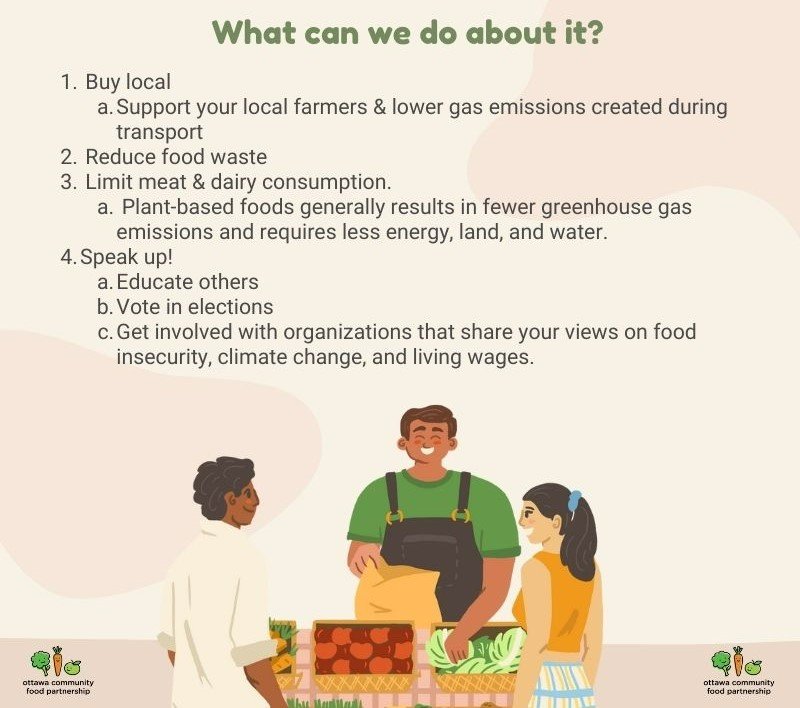Extreme Weather Affects Rising Food Costs
We are all seeing the rising cost of our monthly grocery bills, but do you know how weather plays a role in that?
Droughts and floods often occur close together, so it is important to talk about them not as separate events but as subsequent events to one another. Droughts and floods are both directly linked to rainfall levels. As global warming intensifies, the atmosphere increases the amount of moisture it can hold and this means that while it can hold more, it also often takes more to produce the rain we see in our communities. This is why we are seeing more heavy rains and storms around the world, as well as longer periods without rainfall.
Droughts and floods cause a wide range of negative effects on farmers’ crops and livestock - all of which make it more difficult for the farmer to meet the demand of the community. When demand is high and supply is low - that's when we see those rising prices. Weather is a factor completely out of a farmer’s control, but one that can impact their production ability and have effects lasting for years which creates equally long-term rises in food costs.
It is important to note that these rising costs are not necessarily a farmer’s fault! Farmers aren’t raising prices to increase their profit, but out of necessity. Farmers in BC, for example, saw an increase in the cost of purchasing feed for livestock of around 27% ($170 became $215) per ton of hay in just 1 year after a drought which affected the crops that the feed is made from. When just one cow can consume almost 8,190 hay per year that's a very expensive increase to have to handle. Farmers are the start of our food system. The increased funds that they need to spend in order to adjust to the market or make repairs to their land from these weather conditions and their effects trickle down to us as consumers.
As always, when talking about rising food prices it is important to recognize how individuals experiencing poverty or living off low wages are disproportionately affected.
Households who were able to afford the cost of bread, milk, eggs, and meat products before may no longer be able to. And those who struggled before have an even harder time afterward.
Income levels haven’t matched the rate of increase as the cost of food rises. The price of groceries has risen 9.7% since May 2021, while the average wages only rose 3.1% in that same time.
So what can we as consumers do about it?
Support local farmers by buying local
Reduce your household’s food waste
Some easy to do this include: (1) purchasing foods that you can use in different ways, (2) donating foods that are nearing their expiry date to local community fridges, and (3) buying less but more frequently
Limit meat & dairy consumption
Speak up & get involved with a local organization (like OCFP) that share your views when it comes to climate change, living wages, and food insecurity




